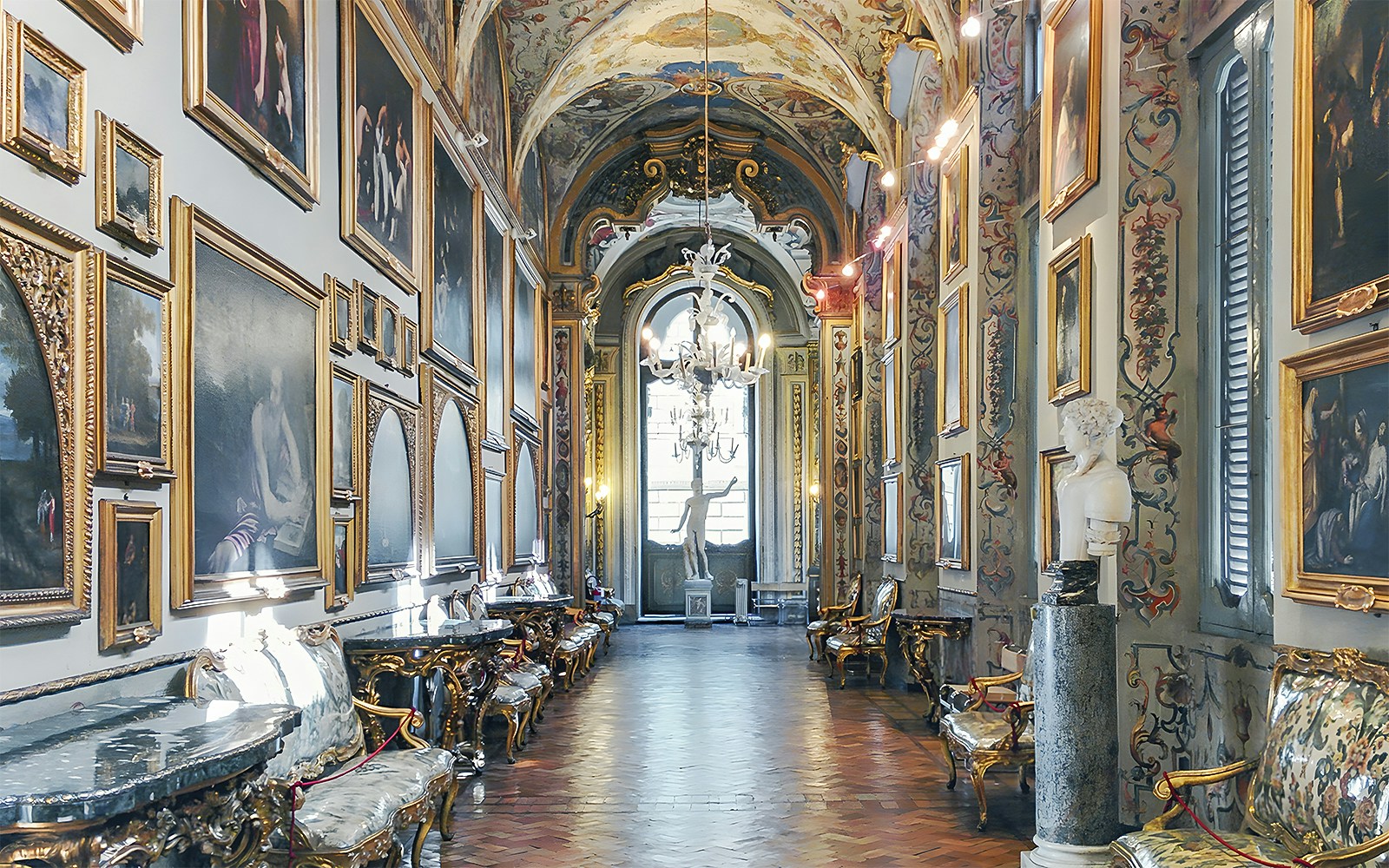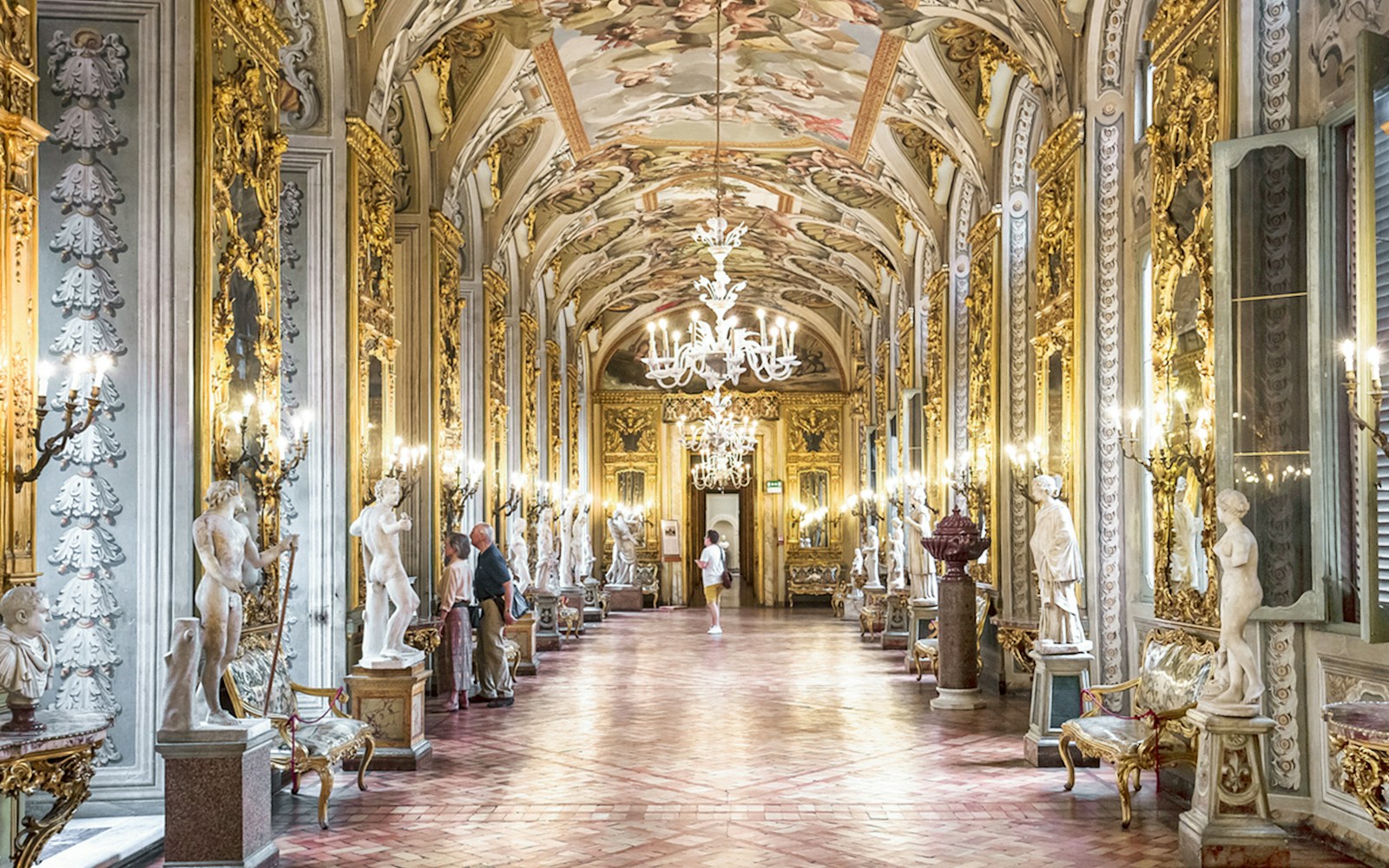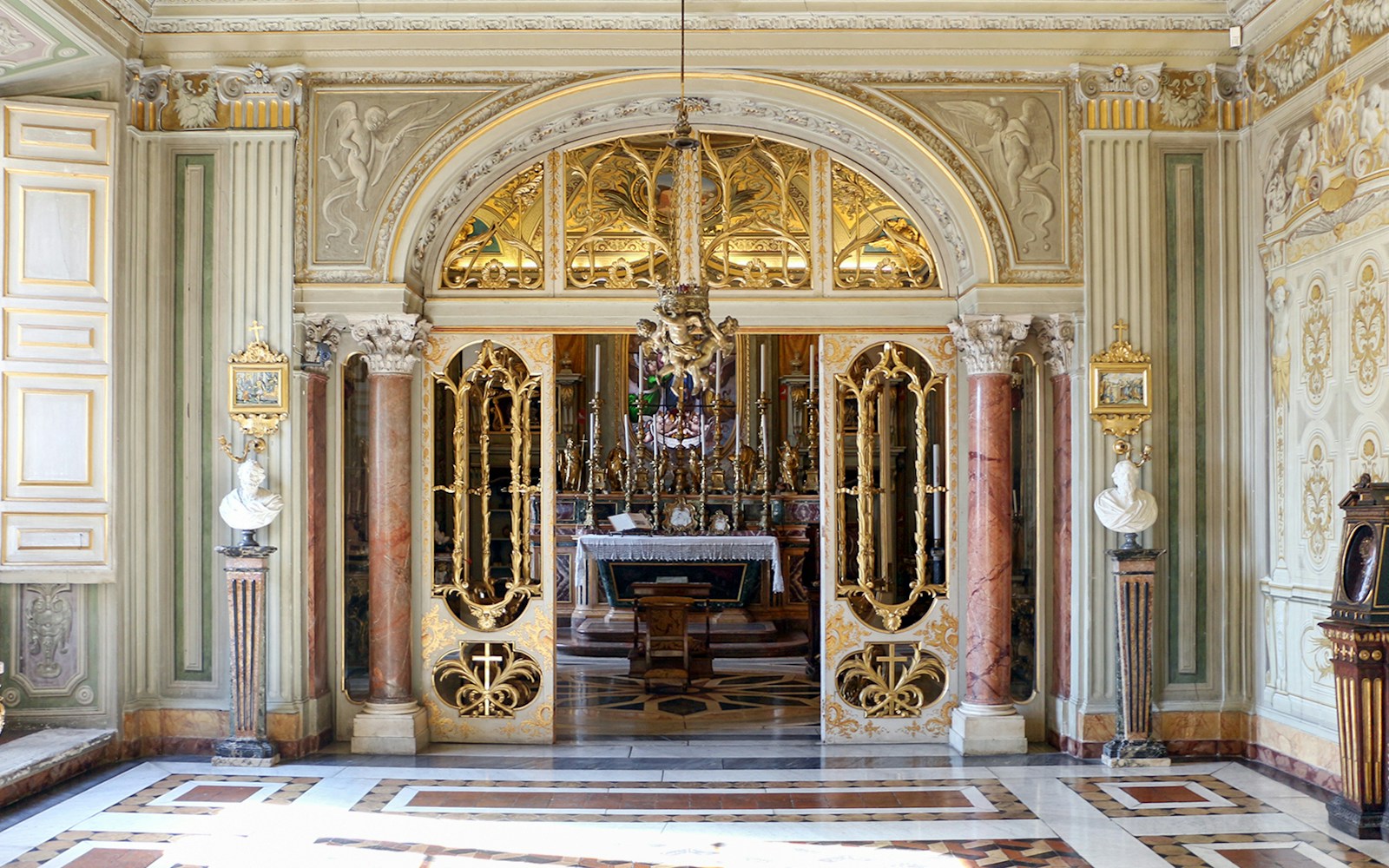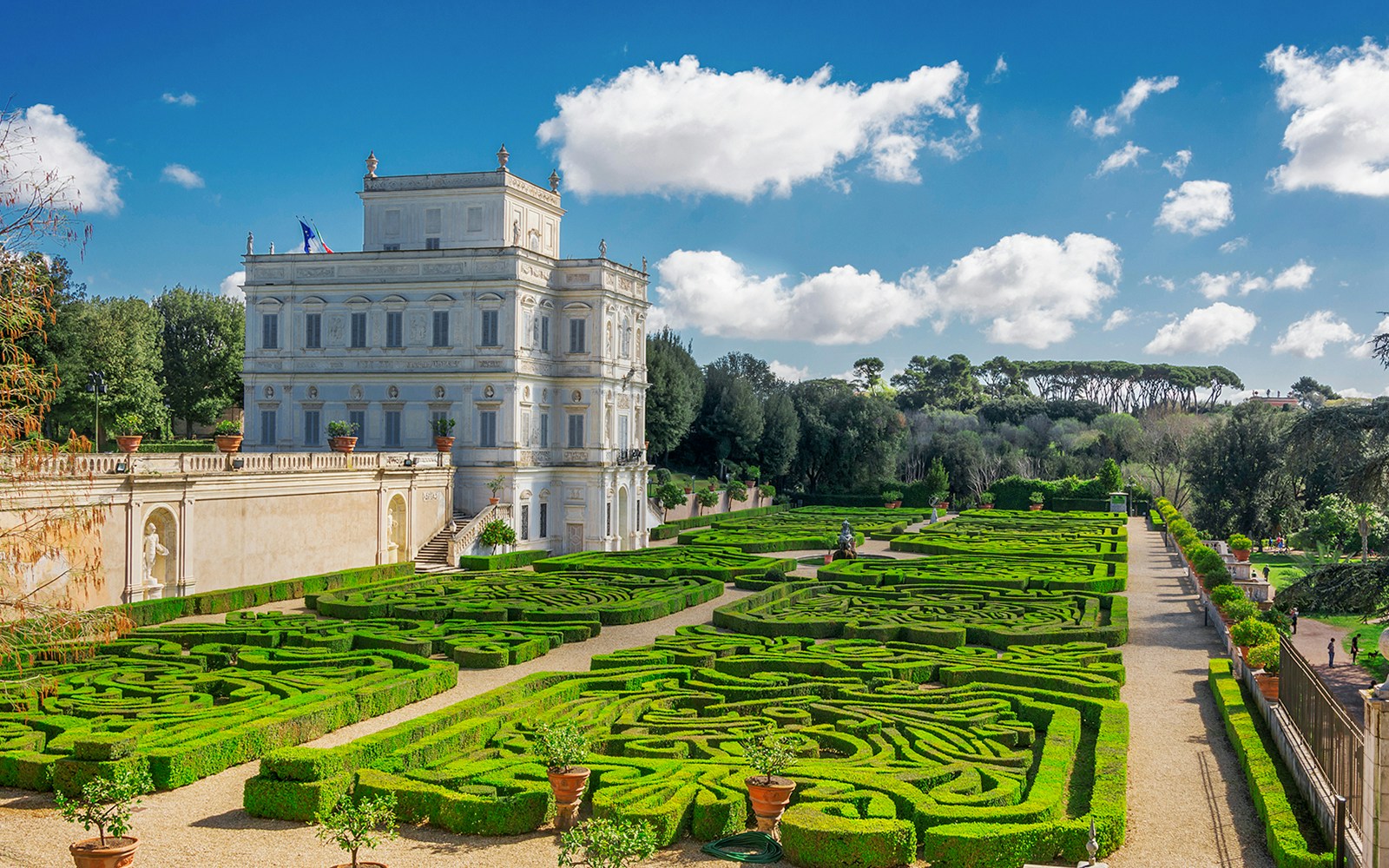The family’s surname is a combination of three noble lineages: Doria, Pamphilj, and Landi.
Prominent figures of the Doria Pamphilj family
Pope Innocent X (1574–1655)
Born Giovanni Battista Pamphilj, Pope Innocent X was a politically shrewd leader who expanded the power of the Holy See. His patronage of Baroque art transformed Rome. Despite controversies over nepotism, his legacy endures through his contributions to art, architecture, and Roman culture.
Olimpia Maidalchini (1591–1657)
Olimpia, sister-in-law of Pope Innocent X, was a powerful figure in papal politics. Nicknamed La Papessa, she influenced Vatican decisions and appointments during his reign. Her ambition and control over church affairs left a controversial yet lasting mark on Roman politics and Baroque culture.
Prince Filippo Andrea VI Doria Pamphilj (1886–1958)
He was an anti-Fascist leader who became Rome’s first mayor after its liberation in World War II. His resistance to Mussolini led to imprisonment and exile during the war. A staunch defender of democracy, he played a vital role in rebuilding post-war Rome while preserving the Doria Pamphilj family’s legacy.
Princess Orietta Pogson Doria Pamphilj (1922–2000)
Princess Orietta, descendant of Admiral Andrea Doria, inherited vast estates and titles after her father’s death. She dedicated her life to preserving the family's legacy while navigating modern challenges. Her efforts ensured public access to their art collections and historical landmarks.
Prince Jonathan Doria Pamphilj (1963–Present)
Prince Jonathan, adopted by Princess Orietta, formed a gay civil partnership and raised two children via surrogacy, challenging traditional norms. He manages the Palazzo Doria Pamphilj and its art collection while advocating for LGBTQ+ rights and cultural preservation.
Princess Gesine Doria Pamphilj (1964–Present)
Princess Gesine, also adopted by Princess Orietta, manages parts of the family estate and oversees cultural preservation efforts. She lives in the Palazzo Doria Pamphilj with her family and has been involved in legal disputes over inheritance laws.





